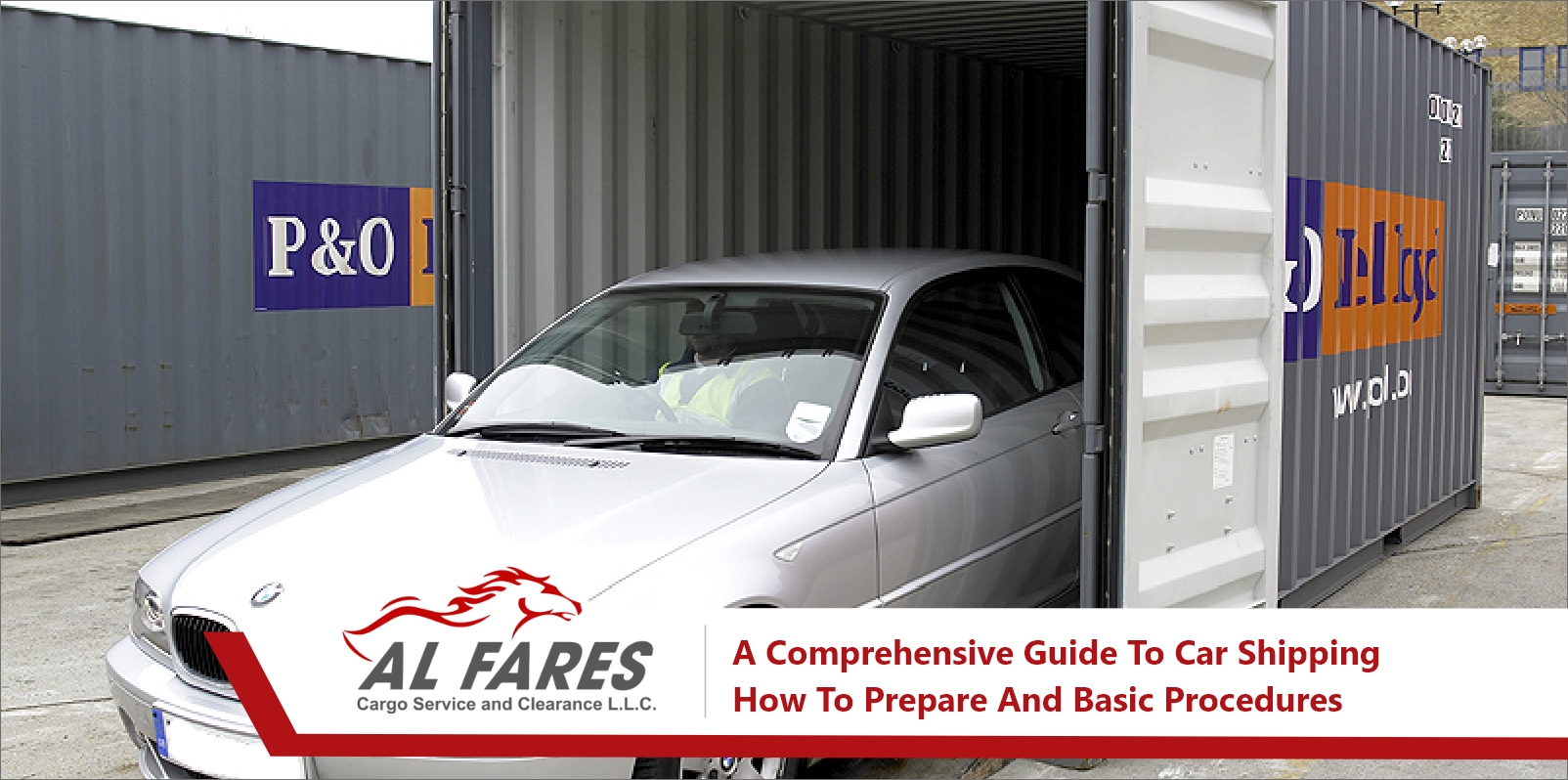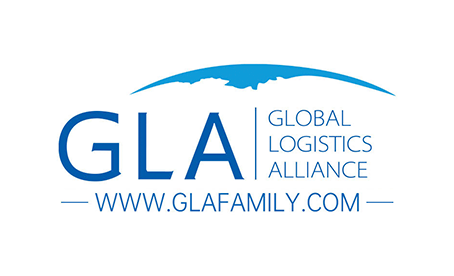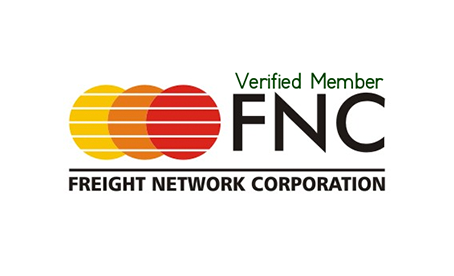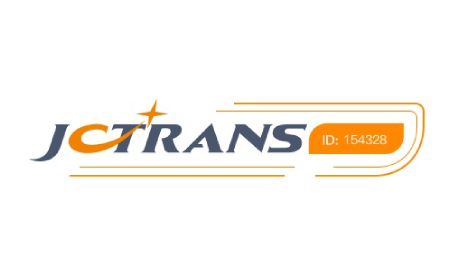Cross-border and long-distance car shipping is becoming increasingly popular in our modern era. Moving cars safely and efficiently is a process that requires careful planning and careful logistical procedures.
If you're looking for a comprehensive guide that explains how to prepare and basic procedures for car shipping operations, you've come to the right place.
This article aims to highlight the crucial points to consider when shipping cars, whether via truck, ship, train, or plane. Here you'll find a comprehensive guide covering all aspects of car shipping operations, from advance planning through to distributing the cars at their destination.
In this article, you will learn about the importance of planning in advance and choosing the appropriate means of transportation, in addition to dealing with the required papers licenses, and car insurance during shipping. We will also go over the importance of shipment tracking, pre- and post-shipment inspection, and inspection, as well as how to handle customs and efficient delivery and distribution.
Whether you work in the transportation and logistics industry or are the owner of a vehicle that you would like to ship to a remote destination, this guide will be a valuable reference for you. You will get practical advice and clear instructions to carry out the shipping process successfully and with the least number of problems and risks.
Let's get ready to discover this comprehensive guide to car shipping and the basic procedures for shipping operations. You will be a valuable assistant guiding you through every step of this complex and important process.
Basics of car shipping guide
The Car Shipping Guide is a comprehensive guide that aims to provide detailed instructions and guidance for car shipping operations in an efficient and safe manner. This guide includes several basic principles that must be considered to ensure the successful implementation of the process.
These foundations are numerous in the following points:
First: advance planning:
The advance planning process is the cornerstone of the car shipping process. By achieving proper planning and including several important aspects that must be considered. Here are some elements involved in the advance planning process:
1. Determine the appropriate means of transportation: The optimal means of transporting the car must be determined based on the distance, cost, and available time. Various methods can include trucks, ships, trains, and airplanes. The advantages and disadvantages of each method should be analysed and the most appropriate one for the specific circumstances should be selected.
2. Packaging and insurance: The necessary measures must be taken to protect the car during transportation from scratches and damage, in addition to choosing the appropriate insurance method to protect the car from any accidents or potential losses.
3. Collecting papers and licenses: The car shipping process requires collecting and arranging many of the required papers and licenses. This includes customs documentation, insurance, invoices, and any other documentation related to the shipment. All these documents must be properly collected and arranged in accordance with legal requirements.
4. Determine the timetable: The timetable for the shipping process must be precisely determined. This includes determining potential shipping and delivery dates and preparing a detailed timeline outlining the stages of the process and associated activities. This helps streamline the process and avoid any unwanted delays.
5. Communication and coordination: There must be communication and coordination with all parties concerned with the shipping process, including transportation and shipping companies, insurance companies, shipping destinations, customs, and warehouses. This aims to ensure smooth coordination of all operations and avoid any glitches or interruptions in communication.
Second: Choosing the appropriate car shipping company:
When searching for the appropriate and reliable shipping company to ship your car, it is recommended to follow the following steps:
1. Research and Compare: Do thorough research on the different car shipping companies that operate in your area. Check out their websites and ask for information about their services and the experiences of previous clients. There may also be online reviews and ratings that provide you with an overview of the company's reputation.
2. Credibility and licensing: Check the credibility of potential companies and their licenses. Make sure that it is licensed and approved by the relevant official authorities and regulatory bodies.
3. Geographic coverage: Check the shipping company’s ability to provide shipping services in the areas of interest to you. Make sure it works in the sending countries and receiving countries involved in shipping the vehicle.
4. Experience and specialization: Check the company’s experience in car shipping and its specialization in this field. Highly experienced companies may be better able to handle complex logistics and different customs requirements.
5. Services provided: Ask for details about the services provided by the company, such as transportation used, insurance, temporary storage, customs clearance, and tracking services. Make sure the company offers services that meet your specific needs and requirements.
6. Cost: Compare shipping costs and related fees between different companies. You should consider the price as well as the quality of service provided and the reputation of the company.
7. Reviews and Recommendations: Look for recommendations and opinions of potential businesses from previous customers. Positive reviews and recommendations can be an important factor in making your decision.
After comparing and checking, you will be able to choose the car shipping company that matches your requirements and has a good reputation and reliable service in the car shipping field. Before making a final decision, it is advisable to contact the specific company and ask additional questions and inquiries that you may have to ensure that all your needs and requirements are met.
Third: Preparing documents, licenses, and permits:
The process of shipping and exporting cars requires a few documents, papers, and permits required for its successful implementation. Requirements may vary slightly depending on the country, region, and companies involved. However, there is a general list of documents and papers that are often required. These documents include:
1. Commercial Invoice: It contains the details of the shipment such as the vehicle details, its value, technical specifications, and any other relevant information. This invoice is used in customs, insurance procedures, and customs clearance.
2. Bill of Lading: The bill of lading is the main transport document that defines the contract between the shipper and the transport company. It contains shipment details, conditions of transportation, shipper and sender information, and the shipment destination.
3. Packing List: It contains a list of all the items packed in the container or vehicle. This list includes details of the number, sizes, weights, and exact description of each item.
4. Insurance: An insurance policy must be obtained that covers the shipment during transportation. This document includes insurance details, scope of coverage, and possible terms of compensation.
5. Customs Documents: This includes the customs documents necessary for customs clearance procedures in the importing country. These documents may include import declarations, customs invoices, customs processing certificates, and any other customs-related documents.
6. Transport Permits: In some cases, special permits may be required to transport cars across borders or within some countries. These permits must be obtained from the traffic or transportation authority in the source country and ensure that they are valid before starting the shipping process.
This is a general list of documents and papers required in the car shipping process. However, you should check the requirements of the countries and companies involved and ensure that you comply with them. It may be best to consult the shipping company or freight agent for an updated and accurate list of documents required in your case.
Fourth: Conduct inspection and examination of the car before and after shipment:
Pre-shipment inspections and examinations of the vehicle are aimed at ensuring the safety of the shipment and verifying the condition of the vehicle before shipping. Inspections and inspections may vary slightly depending on shipping conditions, requirements of the countries involved, and the companies involved in the process. However, there are some common processes that can be expected. Here's an overview of these processes:
1. Visual Inspection: A visual inspection of the vehicle is performed before and after shipping to verify its general condition. The vehicle is inspected to ensure that there are no visible damages or defects in the structure, body, glass, or tires.
2. Interior Inspection: An internal inspection of the vehicle may be requested to check the condition of the cabin and other interior parts. It is checked for any damages or damages to the seats, dashboard, audio, and navigation systems, etc.
3. Mechanical Inspection: The condition of the engine and other mechanical systems is checked to ensure their safety and ability to work properly. This can include checking the brake system, suspension, lighting, engine, and other power systems related to the vehicle.
4. Document Inspection: The validity of the vehicle documents and related documents is verified, such as the car registry, ownership documents, and import and export documents necessary for the shipment.
5. Road Test: In some cases, the vehicle inspection may require a road test to verify its performance and safety during operation. Various driving functions, acceleration, braking, steering, and any other possible malfunctions are checked.
Fifth: Insurance for the vehicle being shipped:
When shipping the car, insurance must be provided to ensure its safety during the shipping process. There are several ways in which a car can be insured during shipping, and here are some common options:
1. Transport insurance (Cargo Insurance): It is possible to obtain a transport insurance policy, which covers losses or damage resulting from unexpected events during the shipping process. Transportation insurance may include coverage for damages resulting from transportation accidents, vehicle theft, fires, natural disasters, and other potential risks.
2. Shipment Insurance: Some companies specializing in shipping generally provide shipment insurance, which covers damage or loss resulting from unexpected events. This insurance can include the car as part of the general shipment.
3. Total Loss Insurance: In some cases, insurance can be obtained based on the total value of the car. The value of the car is determined in advance, and in the event of a total loss of the car during shipping, you will be compensated for the agreed-upon amount.
Sixth: Dealing with customs:
When shipping cars, customs must be handled properly by appointing a customs broker to ensure easy vehicle clearance and avoid any problems or delays at customs. Here are the general steps that can be followed:
1. Preparing documents:
Before shipping, you must ensure that all documents necessary for customs procedures are in place, such as the sales invoice, title document, certificate of origin, insurance policy, and any other required documents. You must also ensure that all documents comply with customs requirements in the sending country and the receiving country.
2. Payment of customs duties:
The required customs fees must be paid to the customs authorities in the sending country and the receiving country. This includes determining the customs value of the car and paying the required fees and taxes.
3. Inspection and certification:
In the sending country, the vehicle may be inspected to ensure that it does not contain prohibited or illegal items. Shipping and insurance documents may also be required to be certified by customs authorities.
4. Import procedures:
In the receiving country, the vehicle will be subject to customs import procedures. These procedures can include customs inspection, assessment of duties and taxes, and filling out the necessary customs forms.
5. Vehicle delivery:
After all customs requirements are met and duties and taxes are paid, the vehicle can be delivered to the final recipient.
Most shipping companies and freight forwarders have experience dealing with customs and can provide advice and assistance with customs clearance procedures. It is best to contact shipping companies to obtain more specific information about the specific customs procedures of the sending country and the receiving country.
Seventh: Tracking the vehicle being shipped:
Tracking a shipped vehicle depends on many factors, including the shipping company, shipping agents involved, and the means of transportation used. Here are some common ways to track a car during the shipping process:
1. Tracking Number: Each shipment is usually assigned a unique tracking number. You can obtain the tracking number from the shipping company or shipping agent, and then use it to track the movement of the vehicle online. By tracking number, you can know the location of the car and the delivery status.
2. Online Portal: Some shipping companies provide an electronic portal that allows you to log in and track your shipment. Through the portal, you can follow the vehicle's location and updates related to the shipment, such as shipping and delivery dates and any other updates.
3. Mobile Applications: Some shipping companies provide mobile applications that allow you to track your shipment via your smartphone. You can download the app and log in with your shipping information to get tracking information and updates.
4. Direct Contact: You can communicate directly with the shipping company or shipping agent concerned to inquire about the shipment status and location updates. They can provide you with updated information and necessary guidance.


 Track Your Shipment
Track Your Shipment
 Online Enquiry
Online Enquiry
 Sign In
Sign In
 English
English

 Alfares Cargo
Alfares Cargo
 Logistic Informations
Logistic Informations
 2023-11-20
2023-11-20












